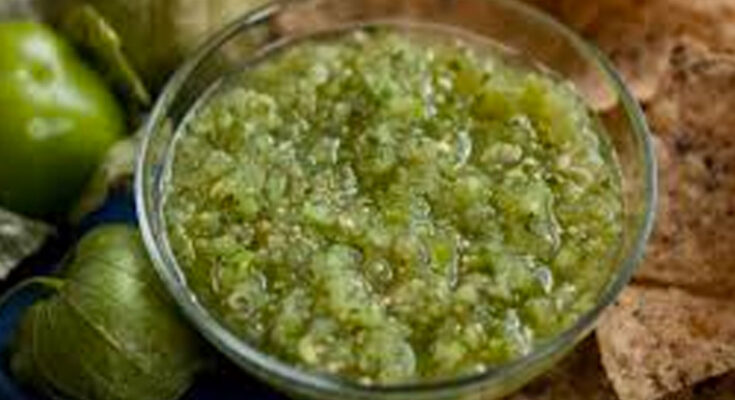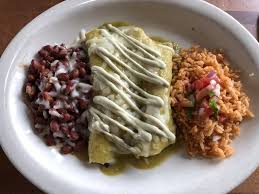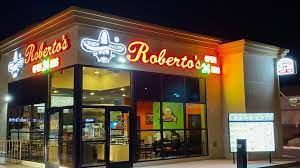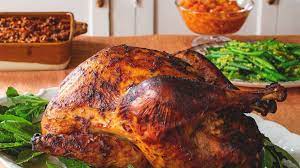How many times have you planned to prepare a nice pork tenderloin roast for dinner, or maybe some zesty carnitas? What about pollo asada on the grill now that it’s spring and the weather is warming up? So then you go to the store and scan over the seemingly endless shelves of salsa in the Hispanic foods aisle. It can be overwhelming. Assuming you know your family’s tastes and their “picoso” tolerance, why not make your own homemade creation? Here’s the deal. Even if you are a gringo or gringa, it’s not that difficult. And wouldn’t it be cool to have a signature hot sauce you can call your own?
When I went to Costa Rica a while back to attend my daughter’s wedding, I bought several jars of salsa in different varieties, just to compare with my Mexican recipes. I tried to conceal them in my duffle bag, which wasn’t too smart because when I arrived in Atlanta on the first leg of the return trip, customs made me throw it all away. Fortunately, I typed in most of the ingredients on my cell phone, which allowed me to experiment once I arrived home to my kitchen in San Diego.
I personally prefer green salsa over the various red types usually served with chips at your favorite restaurant. It’s more versatile to complement various entrees and without the red tomatoes, has less acid that will give you heartburn later. It’s great with chicken, pork or even to top off staples like enchiladas before baking. The main ingredient is the Mexican green tomato, also known as tomatillos, that provide a unique distinctive taste. These little guys can be purchased at any ethnic super market, which would also be a good place to pick up any other odds and ends for your pantry. Here’s what you’ll need:
Two pounds of green tomatillos, then…
Two jalapiño chiles, one yellow Spanish onion, one bunch of fresh cilantro, two cloves of garlic, lime juice, sugar and garlic salt/pepper.
Preparation
First you’ll need to roast the tomatillos and jalapiños. Peel off the thin husk on the tomatillos, rinse and dry with a paper towel. Cut tomatillos in half and place them on a foil lined cookie sheet along with the chiles. Preheat the oven to 350 degrees and put cookie sheet in the broiler. Roast the tomatillos for about six minutes, three minutes on each side. Flip over the chiles too, but they will burn faster so pull them out first. The aroma will be amazing! Remove the veggies when they are slightly charred.
Now you’re ready to put all your ingredients in the food processor/blender. Well, almost. Cut off any stems crush the garlic cloves and remove seeds from the chiles (unless you like an extra kick). Then blend everything along with a half cup of lime juice, a tablespoon of sugar and condiments. Mix well. If the salsa seems too thick, add some water and mix again. As a reminder, this salsa is perfect as a baste for any grilled chicken or pork dish, or just on the side to perk up quesadillas or tamales. Believe me, you’ll get rave reviews!
Avocado Salsa
I like to make this chunky style, so it can be used as a side dish, salad or a garnish to “doctor up” your beef or chicken tacos. Here’s what you’ll need:
Two large Hass Avocados, then…
Six medium Roma tomatoes (seeded and diced), one red onion, one clove of minced garlic, three tablespoons of lime juice, three tablespoons of virgin olive oil, one half cup of cilantro, two small jalapiño chiles (seeded and diced).
In a small bowl, add the lime juice, olive oil, minced garlic, cilantro, chopped chiles and a pinch of salt and pepper. This will act as your dressing. Then on a cutting board, dice the avocados, tomatoes and red onions into small squares (before adding the onions to the mix, put the pieces in a strainer and rinse with cold water. This will take away some of the harshness and enhance the sweeter taste). Put your prepared veggies in a larger bowl and mix well. Then add your dressing over the top and mix again.
The chunky salsa will be enough for six to eight people. While different varieties of avocados grow year around, the spring and early summer is considered peak season. So if you find a good price, stock up for guacamole and other uses later on. Enjoy, my friends!




